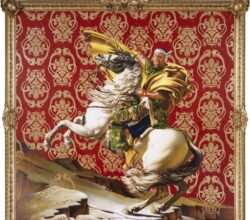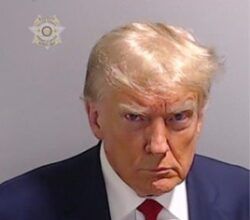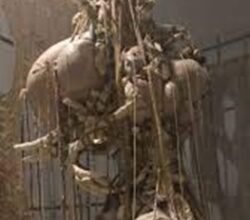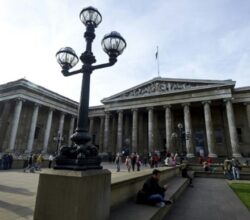
Easel Essay: Borromini – mystery man of the Baroque. Jed Perl and Deborah Rosenthal in conversation with Morgan Meis
Morgan Meis | The-Easel | 29th August 2023
Borromini has long been overshadowed by his illustrious contemporary, Bernini. Some years ago writer Jed Perl and artist Deborah Rosenthal spent time in Rome and became fascinated with Borromini’s work. In a new book – a “duet” of prose and prints – they sing the praises of this mystery man of Baroque Roman architecture.
“Their distinct but related styles – Bernini’s thunderous, Borromini’s musical – defined the dynamism of the Roman Baroque style. Borromini [focused on] the productive synthesis of opposites. People invariably point to the plainness of his churches, which have none of the elaborate, sculpted and painted figures that dominate so many Baroque buildings. Yet, 350 years later, his work seems the more modern achievement.”











